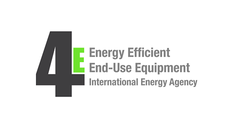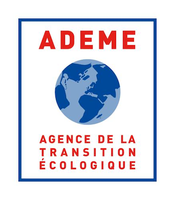Search eceee proceedings
Pathways to a near carbon-neutral German industry sector by 2045: A model-based scenario comparison and recommendations for action
Panel: 9. Deep decarbonisation of industry
This is a peer-reviewed paper.
Authors:
Andrea Herbst, Fraunhofer ISI, Germany
Tobias Fleiter, Fraunhofer Institute for Systems and Innovation Research ISI, Germany
Matthias Rehfeldt, Fraunhofer Institute for Systems and Innovation Research ISI, Germany
Marius Neuwirth, Fraunhofer Institute for Systems and Innovation Research ISI, Germany
Abstract
In 2018, emissions from the industrial sector in Germany amounted to around 190 million tons of CO2 equivalents, the majority of which were caused by companies in energy-intensive industries. According to Germany’s reduction target for this sector, these emissions must fall to 118 million metric tons by 2030. Its high dependence on fossil fuels, technical restrictions and hardly avoidable process emissions pose major challenges for the sector. In order to achieve near climate-neutrality in 2045, these challenges require a profound transformation in the basic materials industries. This contribution presents the results of a comprehensive bottom-up assessment comparing four technology pathways to a near carbon-neutral German industry sector until 2045.
The analysis was carried out using the bottom-up energy demand model FORECAST, which is characterized by a high degree of technology and process detail. Its results show that the goal of a nearly carbon-neutral industrial sector in 2045 is possible, but will require enormous efforts. Large amounts of CO2-neutral secondary energy carriers like electricity and hydrogen will be needed in addition to improvements in material and energy efficiency. Depending on the technology focus, the amount of electricity used nearly doubles from 226 TWh up to 413 TWh in 2045. In the case of a "hydrogen economy," the industrial use of hydrogen as a feedstock and as an energy source increases up to 342 TWh in 2045. The time horizon to 2030 is crucial if the transition to a near climate-neutral industry sector is to succeed by 2045. It must be possible to scale up CO2-neutral processes from the pilot and demonstration stage to industrial level by 2030 and enable their economic operation. This contribution therefore also places particular emphasis on the period up to 2030 and discusses those options for action in this time frame which have proved to be robust in several scenarios. The need for additional action is also elaborated based on the scenario results.
Downloads
Download this presentation as pdf: 9-242-22_Herbst_pres.pdf
Download this paper as pdf: 9-242-22_Herbst.pdf
Panels of
1. Dynamics of consumption: less is more?
2. Efficiency and beyond: innovative energy demand policies
3. Policy, finance and governance
4. Monitoring and evaluation for a wise, just and inclusive transition
5. Towards sustainable and resilient communities
6. Energy-efficient and low-carbon mobility for all
7. Policies and programmes for better buildings
8. Innovations in products, systems and building technologies



























